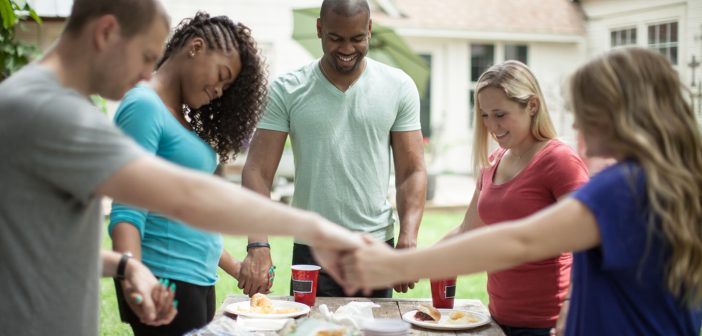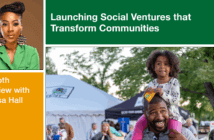Mark DeYmaz and Bob Whitesel say that the church must reposition itself to maintain credibility in an increasingly diverse community. They stress the importance of “getting outside your bubble” to connect with the diversity present in your sphere of influence. And, because structural change begins at a personal level, leaders must invest in meaningful multicultural relationships.
According to the latest research, churches today are ten times more segregated than the neighborhoods in which they exist, and twenty times more segregated than nearby public schools. To our collective shame, eleven o’clock on Sunday morning remains the most segregated hour of the week. Thus the hope and benefit of reconciliation remains elusive; for it cannot be fully realized in our society until we first deal with systemic segregation in the local church. To advance a credible witness, we must remix the church.
Fundamentally, reconciliation cannot be addressed at a structural level until it has been embraced at a personal level, within your own heart. Only then will you be motivated and excited to pursue this biblical calling with others of a different ethnic or economic background.
We must do more than think about reconciliation to transition a church to living color. Change is never easy, but to establish a ministry of reconciliation you’ll need to expand your sphere of influence and reposition the church for future credibility in an increasingly diverse community.
Get Outside Your Bubble
- Share a meal. Invite someone of a different ethnic or economic background to share a meal with you, to your home for a family function, or to attend an event highlighting his or her culture.
- Spend an hour at Wal-Mart. Write down your perception of the racial diversity, or lack thereof, in close proximity to your church. Then go spend an hour sitting just inside the nearest Wal-Mart to see if the diversity you witness there matches your perception.
- Walk the halls of your church. Walk into the nursery, children’s ministry classrooms, or halls in your church. Observe the dolls in the cribs or other toys depicting people. Look at the pictures of Jesus on the walls. Do such things communicate to diverse others a love for all people or just one kind of person? Do they communicate that everyone is welcome, or only certain ones?
- Visit local schools. The local school system(s) from which your congregants are drawn is one of the easiest and most reliable sources of demographic insight. You will often find that the school system is comprised of students with dozens of birth languages. Many school systems can provide you with demographic forecast tools. This will help you grasp the current and emerging cultures in your sphere of influence.
- Follow the bread crumbs. At any given time, various people groups within a city are putting on one event or another. The city itself is likely hosting events to bring diverse people together. Research these events, and contact organizers to see how you and your church can volunteer, sponsor, or rent a booth. By showing an interest in diverse people of the city and their passions, you will soon develop new friends and a reputation of inclusion. Follow the relational bread crumbs, and a whole new world of diverse relationships and unique possibilities will open up for you.
Invest in Cross-Cultural Friendships
Fundamentally, reconciliation cannot be addressed at a structural level until it has been embraced at a personal level, within your own heart. Only then will you be motivated and excited to pursue this biblical calling with others of a different ethnic or economic background. With this in mind, consider the following questions:
- With whom are you now forging friendships of genuine transparency and trust?
- To whom can you go to begin a conversation and, more important, to listen?
- With which diverse friends can you mark culturally historical moments, attend expressive activities and artistic events, or celebrate family traditions?
Multicultural friendships can be easy to initiate but harder to maintain for a variety of reasons. That said, they are nothing to fear. Rather, they are something many people of varying ethnic heritage genuinely want to develop.
Your willingness to initiate and ultimately develop multicultural friendships and relationships is critical to your pursuit and acquisition of cross-cultural competence. You will need both to effectively remix your church and lead it in the years ahead.
This article is adapted from reMIX: Transitioning Your Church to Living Color (Abingdon Press, 2016) by Mark DeYmaz and Bob Whitesel and used by permission. The book is available through Cokesbury or Amazon.
Related Resources:
- Five Keys to Becoming a More Inclusive Community by Mark DeYmaz and Bob Whitesel
- Church as an Uncommon Community by Henry G. Brinton
- Multicultural Fluency and the Discipline of Dialogue by Curtiss Paul DeYoung






